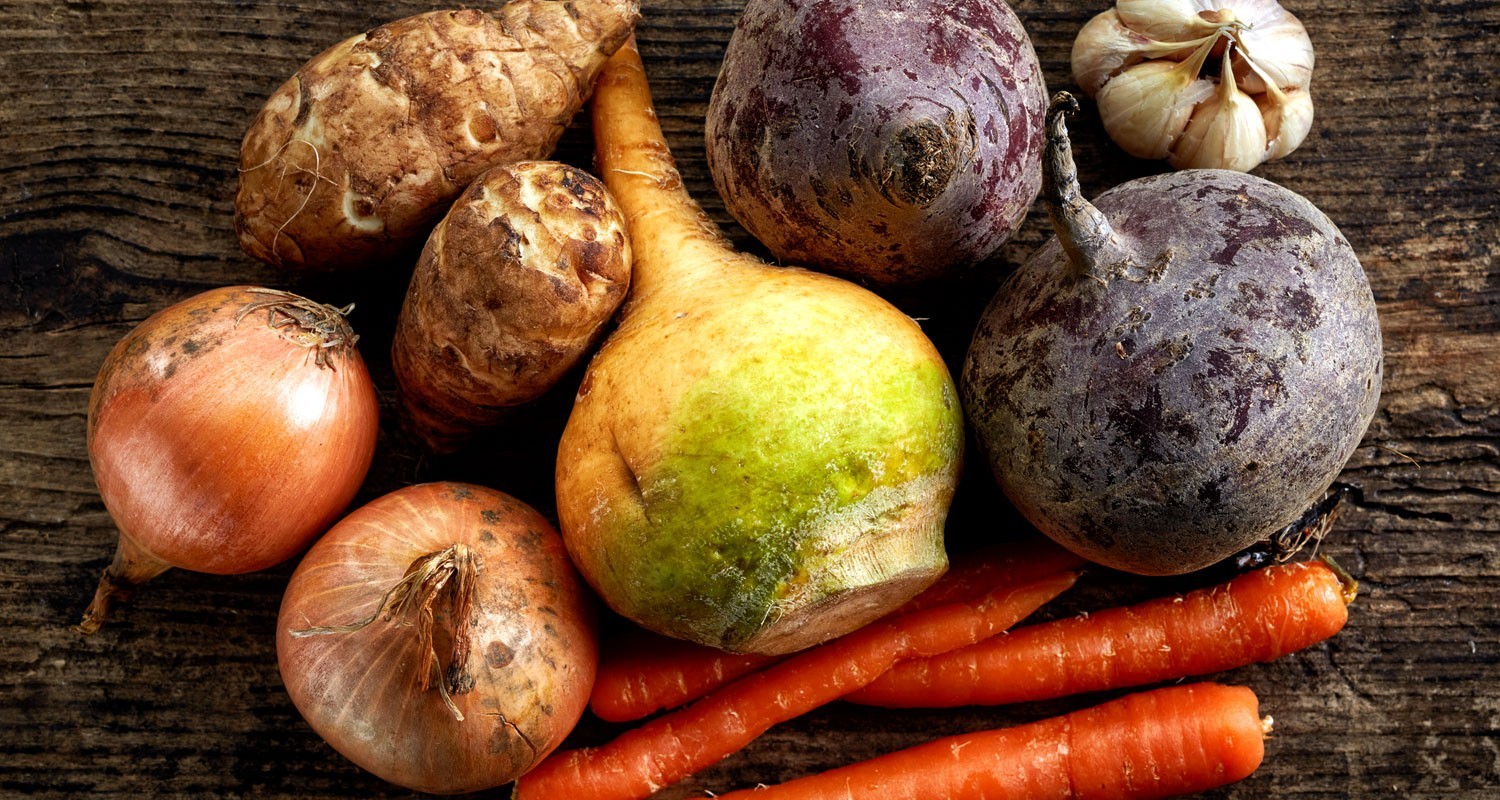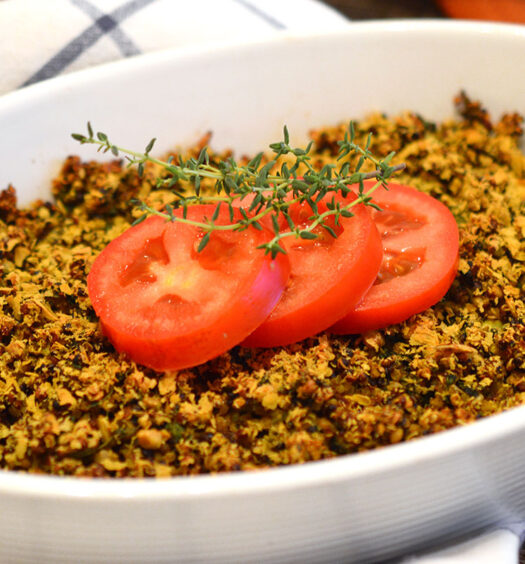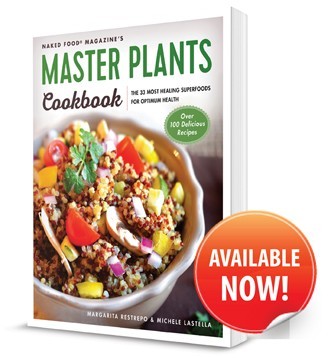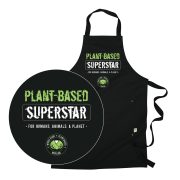Depending on where you live and the produce available in your local market, eating a delicious variety of foods during the winter can be a challenge. Here are some tips to reap all of the health benefits of fresh whole foods, even when it is dreary and cold outside.
1. First Thing First.
The key is to stick to seasonal produce as much as possible. We are going to want potatoes, yams, pumpkins, and tangerines among others. Sticking to local and seasonal foods not only supports your local farmer (it’s tough to produce food in the cold winter!) but also helps us stay away from modified foods and processed products.
In general, the following fruits and vegetables are abundant and fresh during the winter months:
| Fruits | Vegetables |
| Bananas | Artichokes |
| Clementines | Avocados |
| Cranberries | Beets |
| Grapefruit | Broccoli |
| Grapes | Brussels sprouts |
| Guava | Cabbage |
| Kiwi | Carrots |
| Kumquat | Cauliflower |
| Lemons | Kale |
| Limes | Leeks |
| Mandarin oranges | Lettuce |
| Oranges | Parsnips |
| Pears | Potatoes |
| Persimmons | Radishes |
| Pomegranates | Rhubarb |
| Tangerines | Rutabaga |
| Turnips | |
| Snow peas | |
| Sweet potatoes | |
| Watercress | |
| Winter squash |
2. Fill Up on Fruits and Vegetables.
The colder it is outside, the more our body wants to snuggle up and stay on the couch and snack. One of the main reasons that people eat fewer fruits and vegetables during the winter months, and particularly during the holidays, is because they fill up on other types of food first like unhealthy snacks and fast foods. In order to avoid that, try to snack regularly on filling fruits like bananas, pears, or persimmons. A healthy snack every couple of hours will keep you away from unhealthy foods.
Another fun thing during the winter is to make infusions, hot cocoa, or tea. Infusions can include all kinds of delicious whole food spices like turmeric, ginger, cinnamon, clove, vanilla, or anise. We usually add a couple of dates to boiling water and any mix of the ingredients above. This elevates the afternoon tea to a whole new level and keeps you warm and cozy for a couple of hours.
Cook up a Pot of Soup.
The easiest and fastest way to have a wonderful hot and healthy meal is by making soup. Soups can vary in taste and style greatly, but one of winter’s best-kept secrets is to be able to make a wonderful meal that cooks on its own. To make a great soup, you can follow these general simple steps:
- Fill a medium-large size pot ¾ of the way with filtered water.
- Add a teaspoon or a sprig of fresh or dried herbs and some garlic and onion. Great options for herbs include bay, parsley, or rosemary. Garlic and onion give fantastic flavor to meals and they are completely healing, so feel free to add as many as 10 cloves of garlic or one entire onion, chopped.
- Chop any of your favorite starchy legumes, grains, or seeds and add them to the pot. Legumes can vary from lentils, chickpeas, peas, or beans. Grains can be whole grain rice, farro, or barley. Seeds can be either buckwheat or quinoa. Add about 1 cup of any of these for every two servings.
- Add any of your favorite starchy veggies such as potatoes, Jerusalem artichokes, carrots, or corn.
- Cook over medium heat for about 45 minutes. Add extra water if needed.
- Add a teaspoon of turmeric, and 1 Tbsp. non-GMO miso paste to give it extra flavor.
- Add one or two handfuls of chopped green leafy vegetables such as kale, chard, or spinach, and let it simmer for 5 additional minutes.
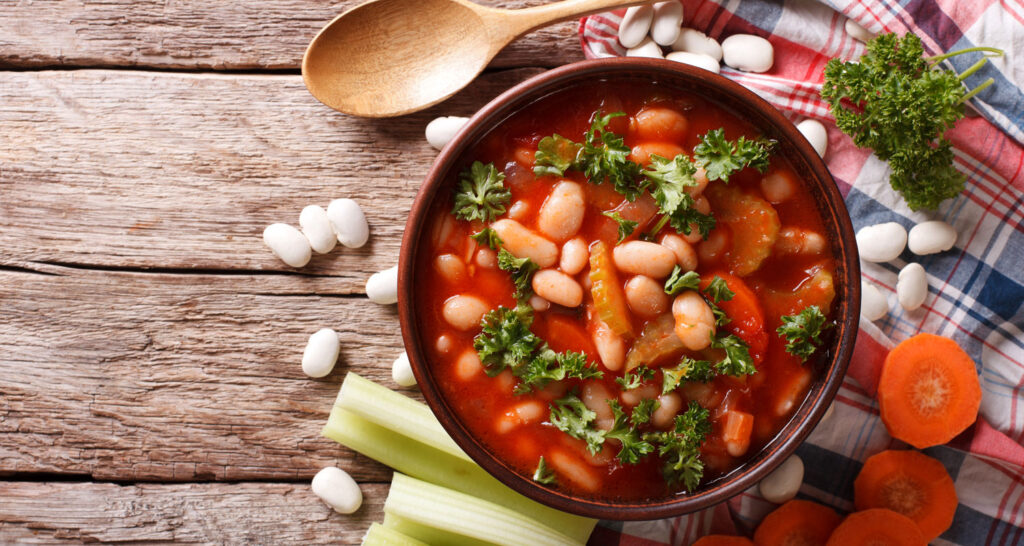 [Try this Naked Minestrone Soup]
[Try this Naked Minestrone Soup]
4. Keep It Simple
Do not overthink the idea of including fruits and vegetables; just work it into your daily plan. Try these ideas:
- Add a handful of frozen berries to your daily smoothie bowl or smoothie
- Add mushrooms, onions, spinach, pineapple, or peppers to a bowl of rice, quinoa, buckwheat, or whole wheat, zucchini, or squash pasta.
- Add banana or fruit slices to an almond butter toast.
Choose from all forms
When fresh fruits and vegetables are not readily available, frozen, canned, and dried fruits and vegetables work just as well as fresh ones. However, avoid fruit canned in heavy syrup, or vegetables canned with high amounts of sodium.
Make it appetizing
Some people notice that their appetite changes during the winter months. Warm food and spices may seem more appealing. You can make most fruits and vegetables suit your need for comfort foods during the cold months. For example:
- Baked fruit, such as pears or apples, are great with little bits of dark cacao and cinnamon sprinkled on top.
- Add applesauce, diced banana, raisins, and diced pears to oatmeal, serve them on top of pancakes or waffles, or fold them into a plant-based cake batter.
- Roast butternut squash, potatoes, sweet potatoes, mushrooms, cauliflower, beets, or carrots and make them either savory or sweet, depending on the herbs and spices you choose.
- Raw desserts and sweets are very quick and easy to make. There is nothing better than knowing that your dessert is as healing and delicious as any other whole food meal. Take a look at some of our cookie or pie recipes here.


